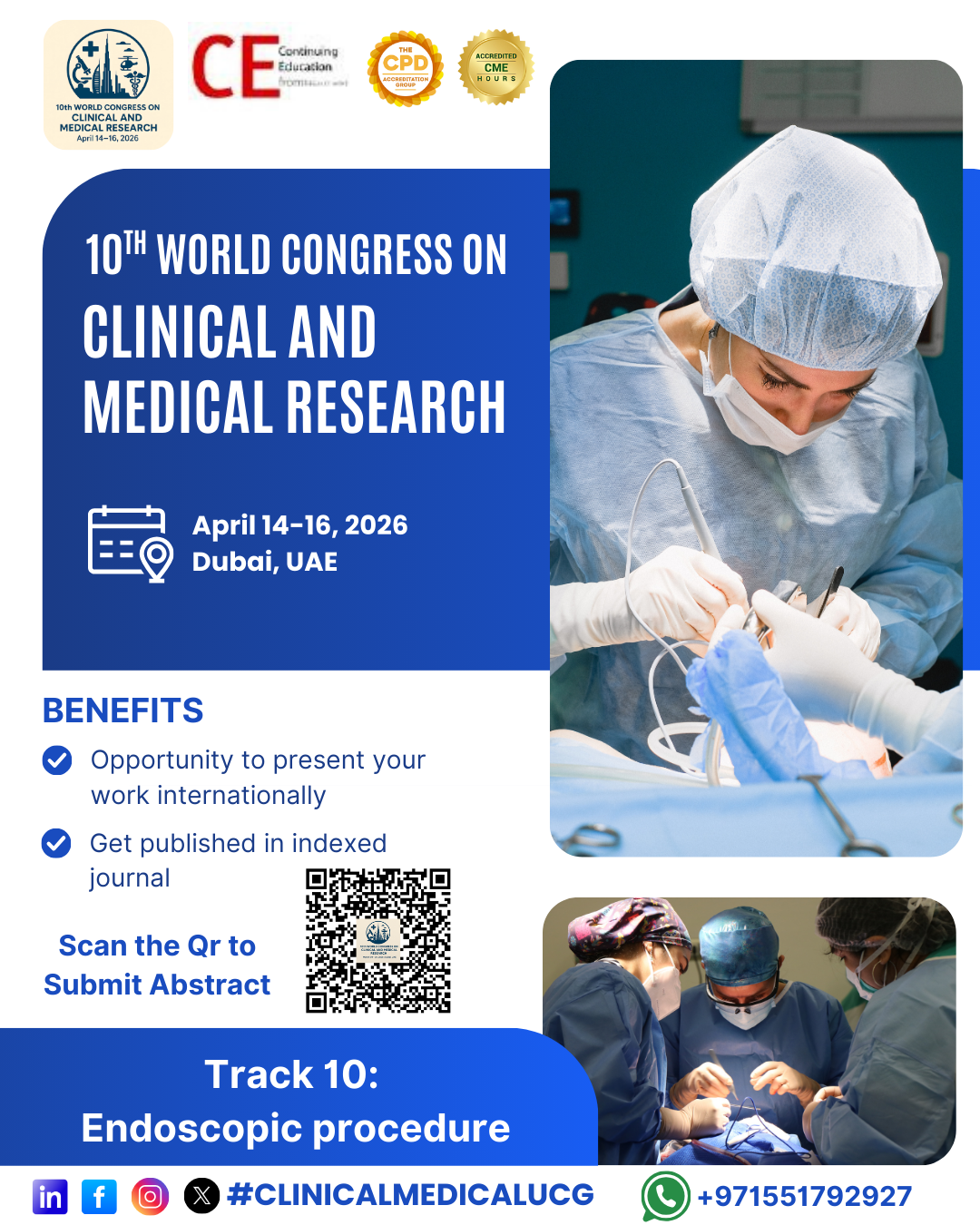



Clinical research is a critical field of medical science focused on studying health...

Medical research is a broad and essential field dedicated to advancing knowledge of...

Endoscopic procedures are minimally invasive diagnostic and therapeutic techniques that involve the insertion of a flexible tube with a camera (endoscope) into the body to visualize internal organs and tissues in real time. These procedures are commonly used to examine the gastrointestinal (GI) tract, respiratory tract, urinary system, and joints, among other areas. Endoscopy offers a safer alternative to open surgery, typically requiring less recovery time and posing fewer risks.
Common types of endoscopic procedures include gastroscopy (to examine the esophagus, stomach, and duodenum), colonoscopy (to inspect the colon and rectum), bronchoscopy (for lung and airway evaluation), cystoscopy (to assess the bladder), and laparoscopy (used in abdominal or pelvic surgeries). Advanced procedures like endoscopic ultrasound (EUS) and endoscopic retrograde cholangiopancreatography (ERCP) allow for both diagnostic imaging and therapeutic interventions such as biopsies, polyp removal, and stent placements.